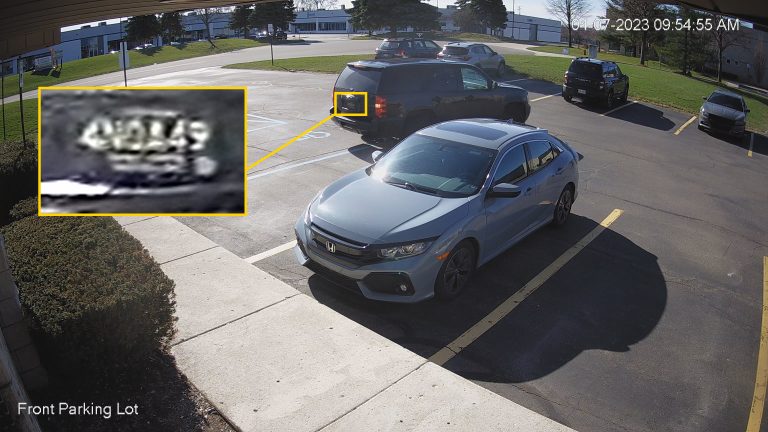Traffic surveillance analysis software plays a pivotal role in modern urban environments, offering sophisticated tools to monitor and manage traffic flow effectively. Leveraging advanced technologies such as artificial intelligence and machine learning, this software provides actionable insights that improve road safety, reduce congestion, and enhance overall transportation efficiency.
Understanding Traffic Surveillance Analysis Software
Evolution of Traffic Management
Traffic management has evolved significantly over the years, from manual traffic control systems to automated solutions driven by data and analytics. Early traffic surveillance relied on cameras to monitor traffic conditions, but lacked the analytical capabilities available today. With the development of traffic surveillance analysis software, municipalities and transportation authorities can now gather real-time data and derive meaningful insights to make informed decisions.
Role of Artificial Intelligence
Artificial intelligence (AI) forms the backbone of traffic surveillance analysis software, enabling it to perform tasks that were previously impossible with traditional methods. AI algorithms can analyze video feeds from traffic cameras to detect vehicles, pedestrians, and traffic patterns. This capability allows for real-time monitoring of traffic conditions and immediate response to incidents such as accidents or road blockages.
Key Features of Traffic Surveillance Analysis Software
Traffic Flow Optimization
One of the primary objectives of traffic surveillance analysis software is to optimize traffic flow. By continuously monitoring traffic patterns and congestion levels, the software can suggest adjustments to traffic signals or lane configurations in real-time. This proactive approach helps to alleviate congestion and improve the overall efficiency of the road network.
Incident Detection and Management
The software excels in incident detection and management by automatically identifying accidents, breakdowns, or other disruptions in traffic flow. Upon detection, the software can alert traffic management centers or emergency services, enabling them to respond promptly and mitigate the impact on traffic.
License Plate Recognition
License plate recognition (LPR) is another powerful feature of traffic surveillance analysis software. It enables authorities to monitor and manage vehicle movements, enforce traffic laws, and identify stolen or wanted vehicles efficiently. This capability enhances security and assists law enforcement agencies in their efforts to maintain public safety on the roads.
Applications of Traffic Surveillance Analysis Software
Urban Traffic Management
In urban areas, traffic surveillance analysis software is instrumental in managing traffic congestion and improving transportation efficiency. Municipalities can use the software to monitor traffic hotspots, implement dynamic traffic routing, and optimize public transportation schedules. These measures contribute to reduced commute times and a smoother flow of traffic throughout the city.
Highway and Toll Management
On highways and toll roads, the software plays a crucial role in monitoring traffic volume, enforcing toll collection, and ensuring compliance with traffic regulations. By analyzing data from toll booths and traffic cameras, authorities can detect anomalies and address potential issues before they escalate, thereby enhancing safety and operational efficiency.
Smart City Initiatives
Traffic surveillance analysis software is a cornerstone of smart city initiatives aimed at creating sustainable and livable urban environments. By integrating with other smart technologies, such as IoT sensors and predictive analytics, the software enables cities to anticipate traffic patterns, optimize infrastructure investments, and improve overall quality of life for residents.
Integration with Emerging Technologies
IoT and Connected Vehicles
Integration with the Internet of Things (IoT) and connected vehicles further enhances the capabilities of traffic surveillance analysis software. IoT sensors on vehicles can provide real-time data on traffic conditions, while connected vehicle technology allows for vehicle-to-infrastructure (V2I) communication. These advancements enable more precise traffic monitoring and management, paving the way for autonomous vehicle deployment.
Big Data Analytics
The software leverages big data analytics to process and analyze vast amounts of traffic data collected from various sources. By identifying trends, predicting traffic patterns, and optimizing resources, big data analytics enables authorities to make data-driven decisions that improve traffic flow and enhance safety on the roads.
Conclusion
Traffic surveillance analysis software represents a paradigm shift in how traffic management is approached in modern cities and highways. By harnessing the power of artificial intelligence, real-time monitoring, and data analytics, this software empowers authorities to make informed decisions that optimize traffic flow, enhance road safety, and improve overall transportation efficiency. As cities continue to grow and evolve, investing in advanced security camera analysis software will be crucial in building smarter, more resilient urban infrastructures that meet the needs of future generations.





Comments